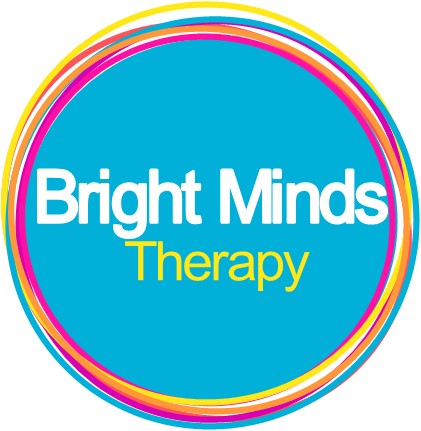My child is in Kindy and can't write their name.... should I be worried?
Whilst children are encouraged and often expected to be able to write their name in kindergarten, many are not developmentally ready to do so.
Handwriting is actually a rather complex task that requires the use of many skills such as attention, eye tracking, visual perception, motor planning, hand strength, in-hand manipulation, fine motor control and so on. A child not only needs to be able to hold and manipulate a writing tool (i.e. pencil, crayon or texta) they also need to be able to make sense of the letters they see (i.e. their size, which direction they are facing, how they are spaced on the paper) and then use this information to guide their hand movements in the correct way to imitate these letters (i.e. move their hand up or down, left or right, straight or circular) and while doing this they also need to continually monitor their output to see if it matches what they are seeing. See, not so easy for a little one!
This ability to plan, execute and coordinate movements based on what we see, is known as visual motor integration. In essence, visual motor integration is the ability to copy. It is critical for a child to be able to write. In kindy, many children are not yet at the age where their visual-motor integration skills allow them to imitate letters of their name.
So, when is a child ready to write their name?
Visual motor integration develops with age and can be measured by assessing a child’s ability to copy pre-writing patterns. Pre-writing patterns are the basic shapes that form the foundation of all letters of the alphabet. Therefore, we would not expect a child to be able to write their name if they could not yet copy the pre-writing patterns that make up those letters.
Pre-writing patterns typically develop in a particular order and are mastered at certain ages. This can be seen below:
Research shows that children who can copy all 9 pre-writing patterns are better able to copy letter forms and hence write their name. However, given that some children in Kindy can be as young as 3 and a half years old, they would only be expected to write the first 4 pre-writing patterns. Developmentally, their visual-motor integration skills are not at a level where they can copy all pre-writing patterns or letters of the alphabet. While there may be some children who can write their name at age 4, other children may not be ready until age 5, and this is still developmentally normal. It will also depend on your child’s name. A name like “Tim” will be easier to learn than a name like “Sebastian” as it is longer and has more complex letter forms.
If we push children to write their name before they are developmentally ready, it may be overwhelming for the child, in which case they may become avoidant of handwriting tasks because nobody likes to fail! As occupational therapists, we often recommend practising these pre-writing patterns instead. Starting with the most basic (a vertical line) to allow the child to achieve some success and build their confidence, then working your way up. These pre-writing patterns can be practised in many fun ways such as using sticks in the sand or finger paint.
If your child is unable to copy the age-appropriate pre-writing patterns or continues to have difficulty writing their name in pre-primary I would recommend seeking the advice of an occupational therapist as there may be some underlying difficulties with visual perception and/or motor planning.
